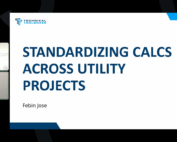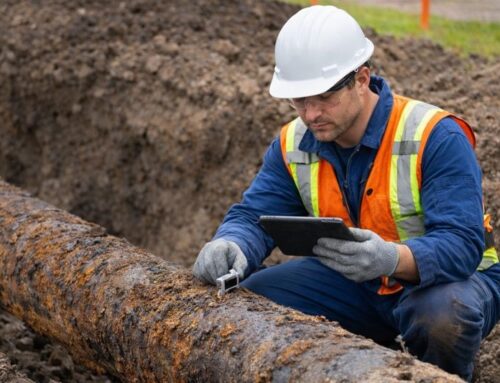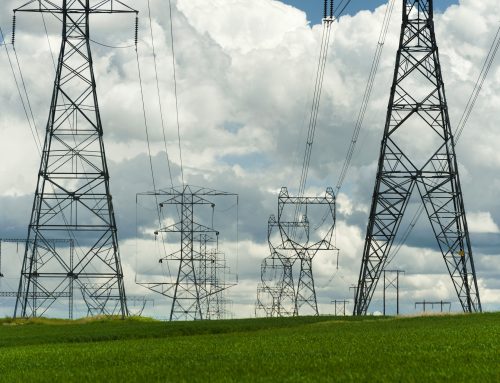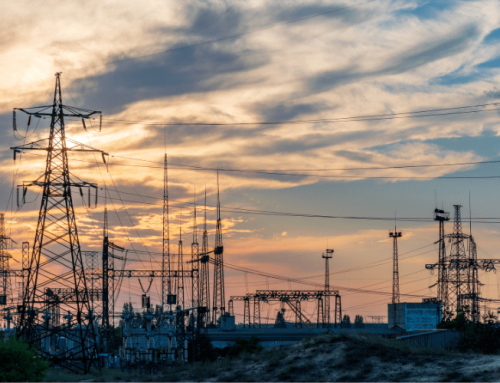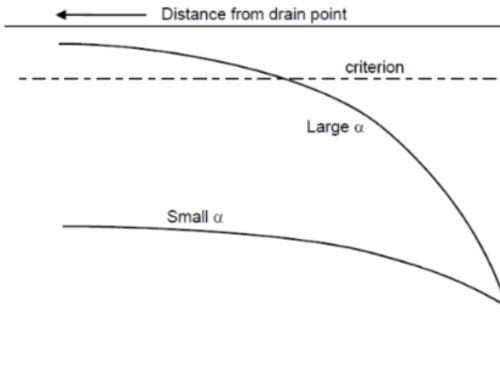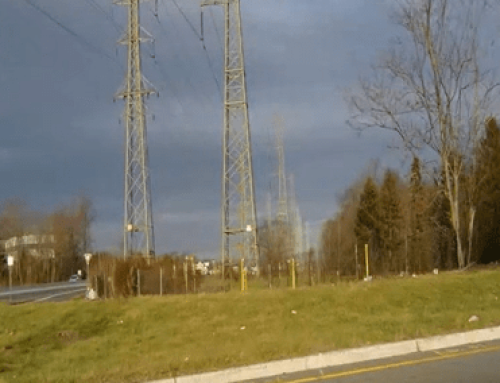AC Interference Threat Assessment
By David Willoughby
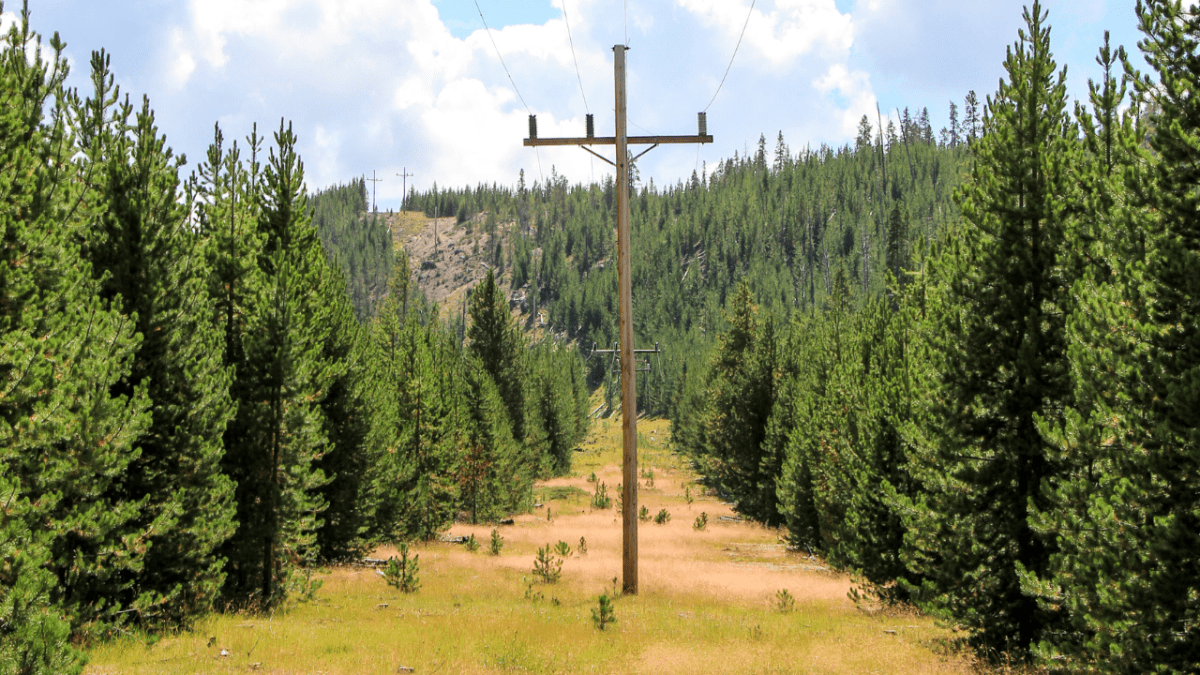
Introduction
Steel pipelines in the vicinity of AC power transmission facilities may result in AC interference problems that can produce damaging effects on pipelines and electrical hazards to pipeline personnel. Making a threat assessment is one of the key aspects of an AC interference analysis. The collocation threat assessment is typically based on the following factors:
Severity Ranking of Separation Distance
Distance between the pipelines and the powerlines has a major impact on the threat assessment. Whenever the center of the pipeline is within 1,000 feet of HVPL there is a risk of induced electromagnetic interference. The risk increases the closer the pipeline is located to the centerline of the HVPL.
Risk Levels by Distance:
- Distance less than 100 feet is considered high risk.
- 100 to 500 feet distances are considered medium risk.
- 500 to 1,000 feet distances are considered low risk.
- 1,000 to 2,500 feet are considered very low risk.
Relative Ranking of Collocation Length
Another important factor for the level of AC interference is the length of the collocation. Collocated lengths greater than 1,000 feet should be assessed for AC interference. The risk increases the longer the collocation.
Risk Levels by Length:
- Lengths over 5,000 feet are considered high risk.
- 1,000 to 5,000 feet are considered medium risk.
- Lengths less than 1,000 feet are considered low risk.
Relative Ranking of HVAC Phase Current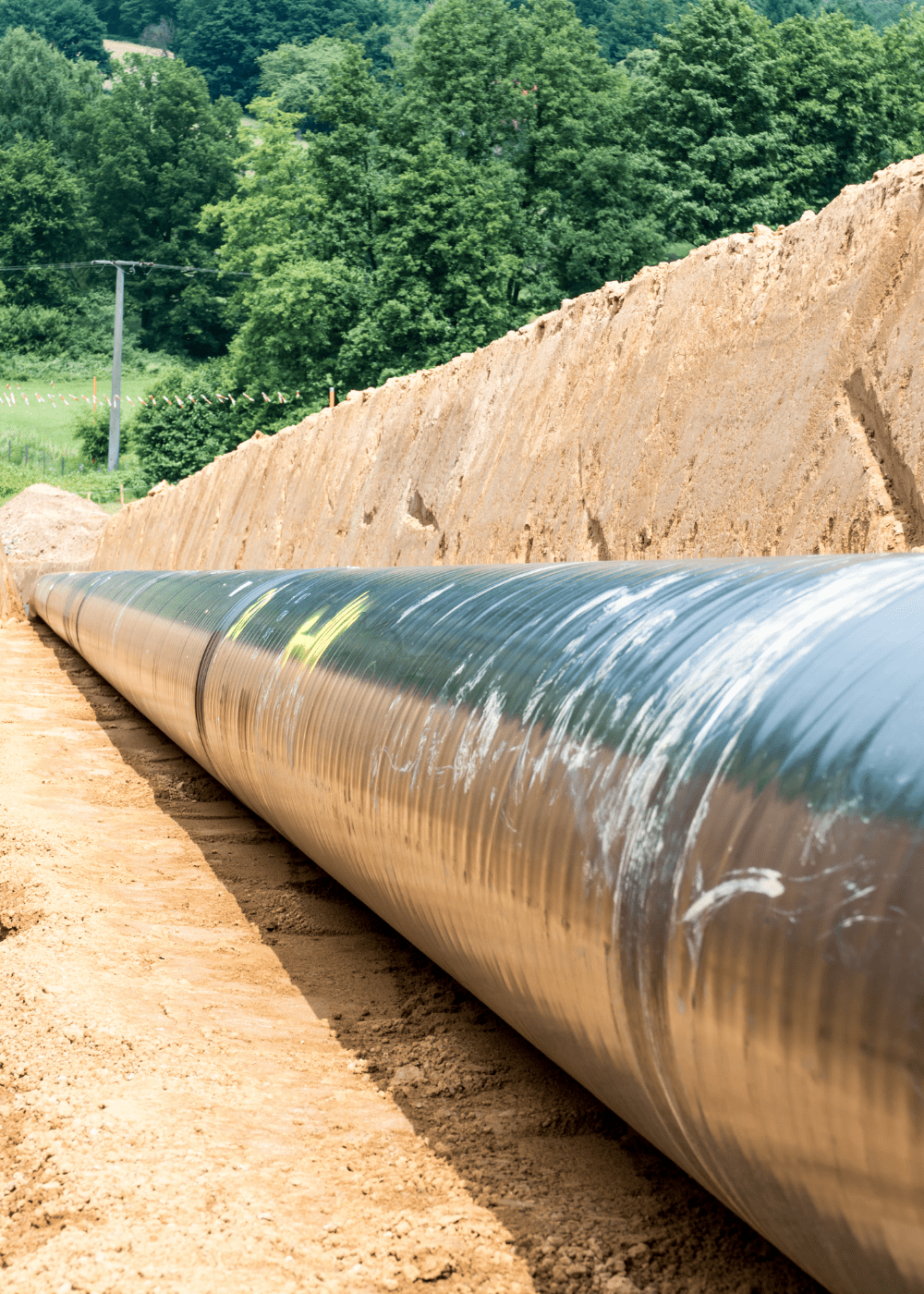
Induced steady-state pipeline potentials are a function of current (not voltage). Every phase conductor of every circuit on one or more powerlines, which parallel the pipeline, produces a magnetic field, the strength of which is directly dependent on the magnitude of the individual phase current and inversely proportional to the distance between the phase conductor and the pipeline.
Risk Levels by Phase Current:
- Phase currents greater than 1,000 amps are considered very high risk.
- Phase currents 500 to 1,000 amps are considered high risk.
- Phase currents 250 to 500 amps are considered medium-high risk.
- Phase currents 100 to 250 amps are considered medium risk.
- Phase currents less than 100 amps are considered low risk.
Relative Ranking of Crossing Angle
When the pipeline and powerline are parallel to each other, full electromagnetic coupling occurs, and AC interference will be at its highest. When the pipeline and powerline have a perpendicular crossing (90 degrees), no electromagnetic coupling occurs. At a passing angle of less than 90 degrees coupling will occur. The risk increases as the angle of collocation increases.
Risk Levels by Crossing Angle:
- Crossing angles greater than 60 degrees are considered low risk.
- Crossing angles 30 to 60 degrees are considered medium risk.
- Angles less than 30 degrees represent high risk.
Relative Ranking of Soil Resistivity
The level of induced AC volts on a pipeline will show a slight increase as the soil resistivity increases. However, high soil resistivity will have a far more significant impact on the mitigation measures than the induced AC.
Risk Levels by Soil Resistivity:
- Soil resistivity less than 2,500 ohm-cm is considered very high risk.
- Soil resistivity 2,500 to 10,000 ohm-cm is considered high risk.
- Soil resistivity 10,000 to 30,000 ohm-cm is considered medium risk.
- Soil resistivity greater than 30,000 ohm-cm is considered low risk.
More on AC Mitigation
For more information regarding this blog topic, read our AC Interference Mitigation blog or join me in our my training on Pipeline AC Interference and Mitigation. You can also contact me, the author, David Willoughby, at [email protected]
Suggested Post
Why API Inspections Still Matter More Than Ever
Why API Inspections Still Matter More Than Ever By Kesley Price In an industry [...]
How Utility Teams are Standardizing Pipeline Calcs
How Utility Teams are Standardizing Pipeline Calcs By Kesley Price Engineering teams working in [...]
GASCalc and GASWorkS are Now Part of Technical Toolboxes
GASCalc and GASWorkS are Now Part of Technical Toolboxes We are pleased to announce that Technical Toolboxes has acquired the [...]



